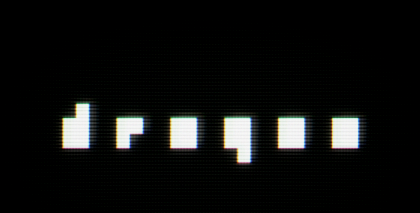after reading All Our Hidden Gifts, i have a kind of contact with the idea of magic. not the 'real' thing, just how it feels to believe.
anarchy... i know that i am not politically-minded. i am not interested, so much, in the reality of an anarchist society (although i have done and will continue to do my best to learn some things). what i am interested in is the value structure, the feeling.
The Dispossessed painted the most distinct picture of life on its anarchist moon world, Anarres. i was sad for a time after, in its absence--not the absence of its fantasy-world, but the absence of its value structure, the absence of something born of belief.
of magic.
i just finished watching The Fall (2006/2024), and there's a scene where Roy says to Alexandria,
"The story was just a trick to get you to do something for me."
and she (a 5-year old ESL Romanian girl whom he has been tricking and for whom his tricking has lead to actual serious bodily harm) replies,
"But I need the story."
"I still want to know."
the feelings bound up in this scene are insane.
anarchy... i know that i am not politically-minded. i am not interested, so much, in the reality of an anarchist society (although i have done and will continue to do my best to learn some things). what i am interested in is the value structure, the feeling.
The Dispossessed painted the most distinct picture of life on its anarchist moon world, Anarres. i was sad for a time after, in its absence--not the absence of its fantasy-world, but the absence of its value structure, the absence of something born of belief.
of magic.
i just finished watching The Fall (2006/2024), and there's a scene where Roy says to Alexandria,
"The story was just a trick to get you to do something for me."
and she (a 5-year old ESL Romanian girl whom he has been tricking and for whom his tricking has lead to actual serious bodily harm) replies,
"But I need the story."
"I still want to know."
the feelings bound up in this scene are insane.
